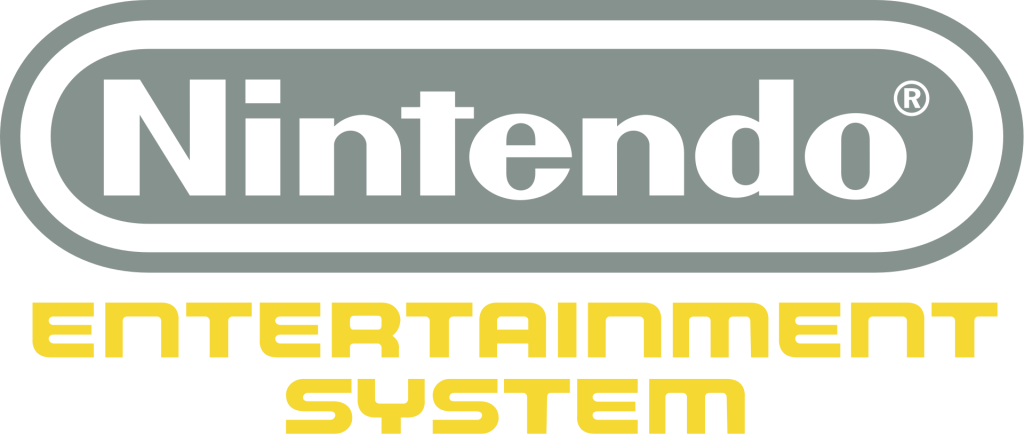The Nintendo Entertainment System (NES) is an 8-bit third-generation home video game console produced by Nintendo. It was first released in Japan in 1983 as the Family Computer (FC),[note 1] commonly known as the Famicom.[note 2] The NES, a redesigned version, was released in American test markets on October 18, 1985, before becoming widely available in North America and other countries.
After developing a series of successful arcade games in the early 1980s, Nintendo planned to create a home video game console. Rejecting more complex proposals, the Nintendo president Hiroshi Yamauchi called for a simple, cheap console that ran games stored on cartridges. The controller design was reused from Nintendo’s portable Game & Watch games. Nintendo released several add-ons, such as a light gun for shooting games.
The NES was one of the best-selling consoles of its time and helped revitalize the US gaming industry following the video game crash of 1983.[11][d] It introduced a now-standard business model of licensing third-party developers to produce and distribute games.[13] The Nintendo Entertainment System (NES) featured a number of groundbreaking games, such as the 1985 platform game Super Mario Bros. and the 1986 action-adventure games The Legend of Zelda and Metroid, which became long-running franchises. It was succeeded in 1990 by the Super Nintendo Entertainment System. In 2011, IGN named the NES the greatest video game console of all time.[14]
History
Main article: History of the Nintendo Entertainment System
Development
The Famicom game console at the Computer and Video Game Console Museum of Helsinki in 2012
Nintendo Entertainment System (NES)
Following a series of arcade game successes in the early 1980s, Nintendo made plans to create a cartridge-based console called the Family Computer, or Famicom. Masayuki Uemura designed the system.[15][16] The console’s hardware was largely based on arcade video games, particularly the hardware for Namco‘s Galaxian (1979) and Nintendo’s Radar Scope (1980) and Donkey Kong (1981), with the goal of matching their powerful sprite and scrolling capabilities in a home system.[17] Original plans called for an advanced 16-bit system which would function as a full-fledged computer with a keyboard and floppy disk drive, but Nintendo president Hiroshi Yamauchi rejected this and instead decided to go for a cheaper, more conventional cartridge-based game console as he believed that features such as keyboards and disks were intimidating to non-technophiles. A test model was constructed in October 1982 to verify the functionality of the hardware, after which work began on programming tools. Because 65xx CPUs had not been manufactured or sold in Japan up to that time, no cross-development software was available and it had to be produced from scratch. Early Famicom games were written on a system that ran on an NEC PC-8001 computer and LEDs on a grid were used with a digitizer to design graphics as no software design tools for this purpose existed at that time.[18]
The code name for the project was “GameCom”, but Masayuki Uemura’s wife proposed the name “Famicom”, arguing that “In Japan, ‘pasokon’ is used to mean a personal computer, but it is neither a home nor personal computer. Perhaps we could say it is a family computer.”[e] Meanwhile, Hiroshi Yamauchi decided that the console should use a red and white theme after seeing a billboard for DX Antenna (a Japanese antenna manufacturer) which used those colors.
The Famicom was also influenced by the ColecoVision, Coleco‘s competition against the Atari 2600 in the United States;[20] the ColecoVision’s top-seller was a port of Nintendo’s Donkey Kong.[21] The project’s chief manager Takao Sawano brought a ColecoVision home to his family, impressed by its smooth graphics,[22] which contrasts with the flicker and slowdown commonly seen on Atari 2600 games. Uemura said the ColecoVision set the bar for the Famicom. They wanted to surpass it and match the more powerful Donkey Kong arcade hardware; they took a Donkey Kong arcade cabinet to chip manufacturer Ricoh for analysis, which led to Ricoh producing the Picture Processing Unit (PPU) chip for the Nintendo Entertainment System.
Original plans called for the Famicom’s cartridges to be the size of a cassette tape, but ultimately they ended up being twice as big. Careful design attention was paid to the cartridge connectors because loose and faulty connections often plagued arcade machines. As it necessitated 60 connection lines for the memory and expansion, Nintendo decided to produce its own connectors.
The controllers are hard-wired to the console with no connectors for cost reasons. The controller designs were reused from the Game & Watch machines, although the Famicom design team originally wanted to use arcade-style joysticks, even dismantling some from American game consoles to see how they worked. There were concerns regarding the durability of the joystick design and that children might step on joysticks on the floor. Katsuya Nakawaka attached a Game & Watch D-pad to the Famicom prototype and found that it was easy to use and caused no discomfort. Ultimately though, they installed a 15-pin expansion port on the front of the console so that an optional arcade-style joystick could be used.
Gunpei Yokoi suggested an eject lever to the cartridge slot which is not necessary, but he believed that children could be entertained by pressing it. Uemura adopted his idea. Uemura added a microphone to the second controller with the idea that it could be used to make players voices sound through the TV speaker.



